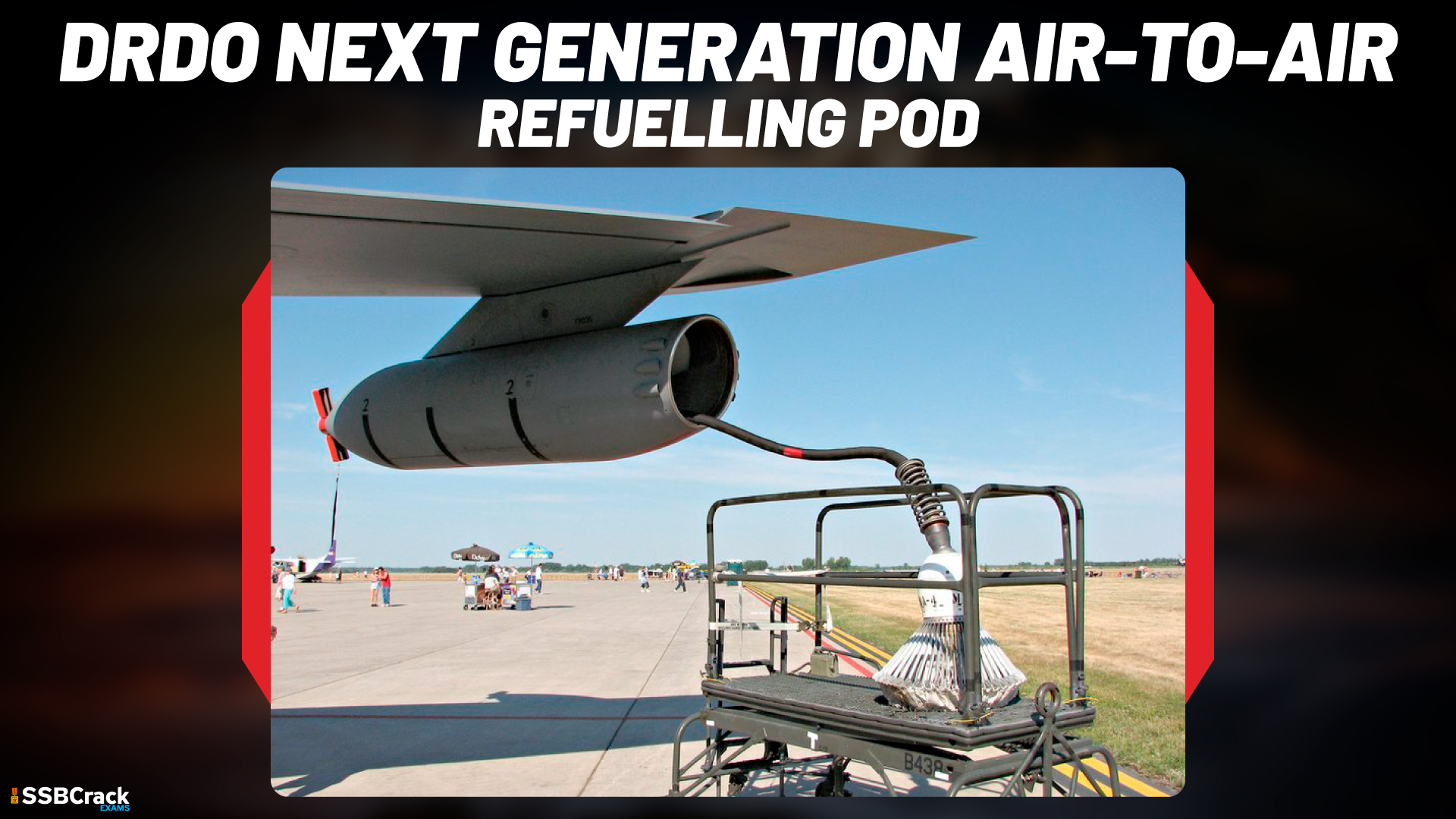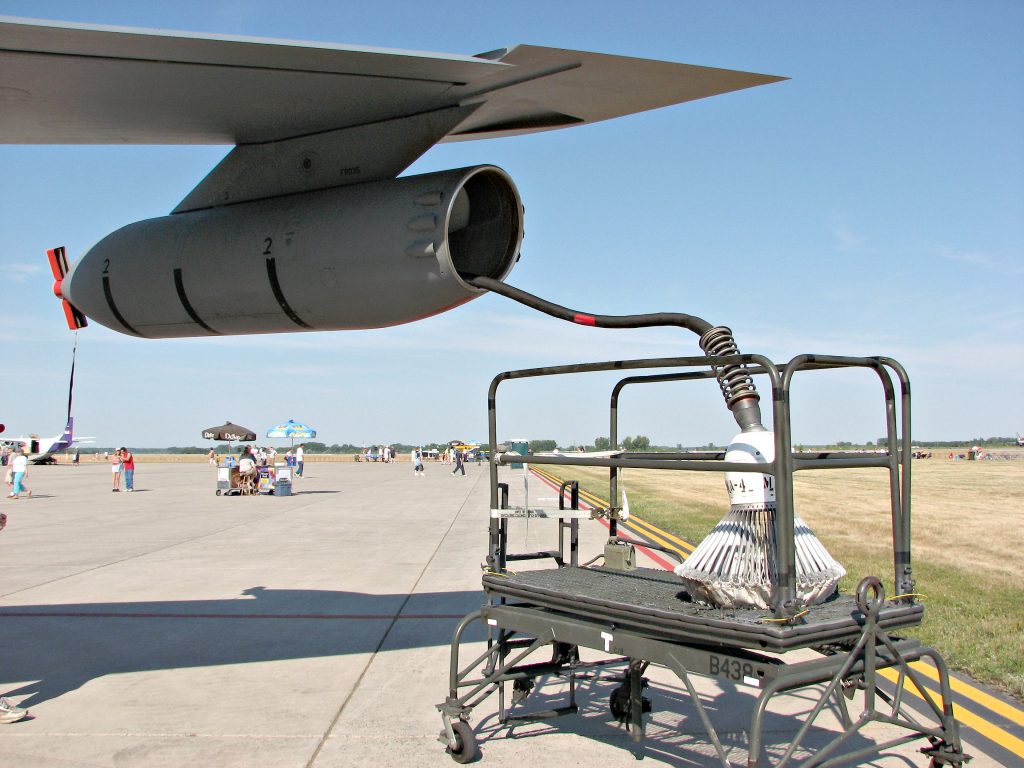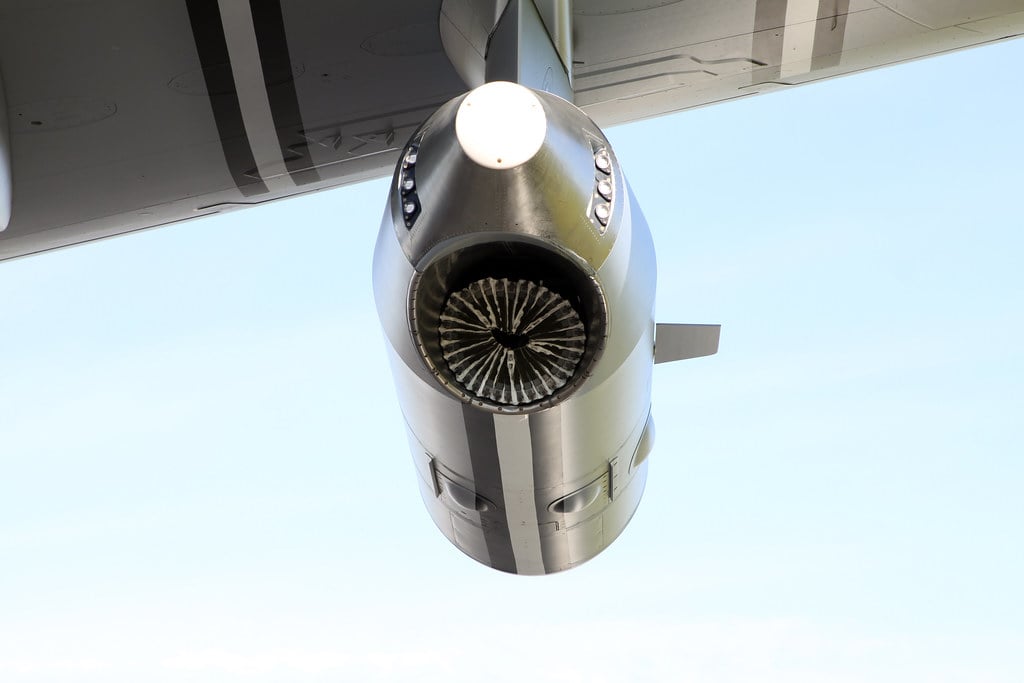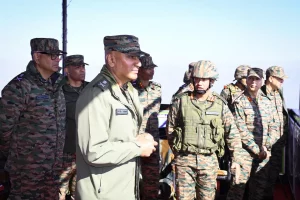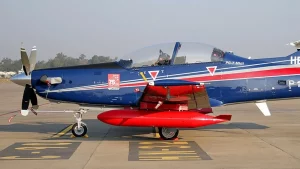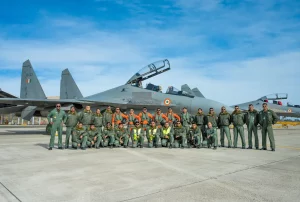Aerial refueling is the process of transferring aviation fuel from one aircraft (the tanker) to another (the receiver) while both aircraft are in flight. The two main refueling systems are probe-and-drogue, which is easier to adapt to existing aircraft, and flying boom, which is faster but requires a dedicated boom operator station.
The procedure allows the receiving aircraft to stay in the air for longer periods of time, extending its range or loiter time. A series of air refuelings can provide range that is only limited by crew fatigue/physical requirements and engineering factors like engine oil consumption. Because the receiving aircraft can be refueled in the air, air refueling allows for a larger payload, which could be weapons, cargo, or personnel: the maximum takeoff weight is maintained by carrying less fuel and topping up once airborne.
What are Refuelling Pods?
Refueling pods are used to refuel two probe-equipped aircraft simultaneously which are fitted to strategic and tactical tankers. These pods operate on aircraft power or a self-powered air turbine that features a drogue refueling system. Recently DRDO’s Technology Development fund started with the development of the Air to Air Refueling Pod. These pods will be used for tanker aircraft for refueling.
About DRDO’s Air Refuelling Pods
The air-to-air refueling tanker aircraft is configured to incorporate three Air to Air Refueling Pods. Air to air refueling system consists of two wing-mounted pods and one fuselage pod attached to the left rear side of the fuselage. Fuel for air-to-air refueling is supplied to all three pods from the aircraft fuel system only. The aerial refueling pod supplies fuel under pressure to the receiver aircraft.
Also read: List Of Various R&D Projects Taken Up By DRDO [UPDATED]
The air-to-air Refueling pods are controlled and operated from the aerial Refueling Control Panel located at the Operator station in the aircraft. The purpose of the project is to design and develop a new generation air-to-air refueling Pod for use on IAF aircraft. Three Air to Air Refueling Pods is included in the configuration of the air-to-air refueling tanker aircraft. A fuselage pod attached to the left rear side of the fuselage and two wing-mounted pods make up the air-to-air refueling system. Only the aircraft fuel system supplies gasoline for air-to-air refueling to all three pods.
Also read: List Of Transport Aircraft Carriers Used By Indian Armed Forces
Fuel is pressure-fed to the receiving aircraft via the aerial refueling pod. From the aerial refueling control panel, which is positioned at the operator station in the aircraft, the air-to-air refueling pods is managed and run. For use on IAF aircraft, the project’s goal is to design and build a new generation air-to-air refueling pod.
To crack the SSB Interview, You can join our SSB interview live classes batch and we recommend you to Enroll SSB INTERVIEW ONLINE COURSE. Trusted by thousands of defence aspirants.
Also read:
